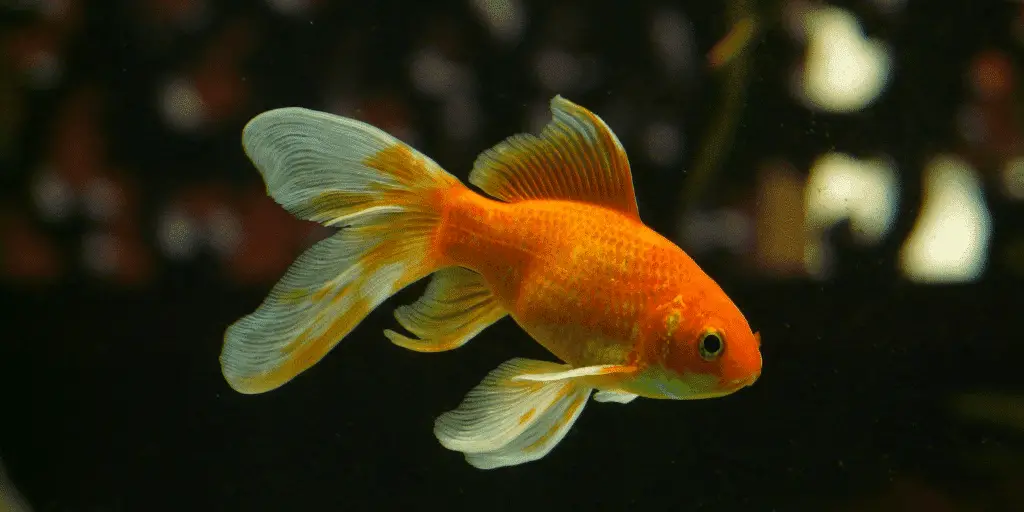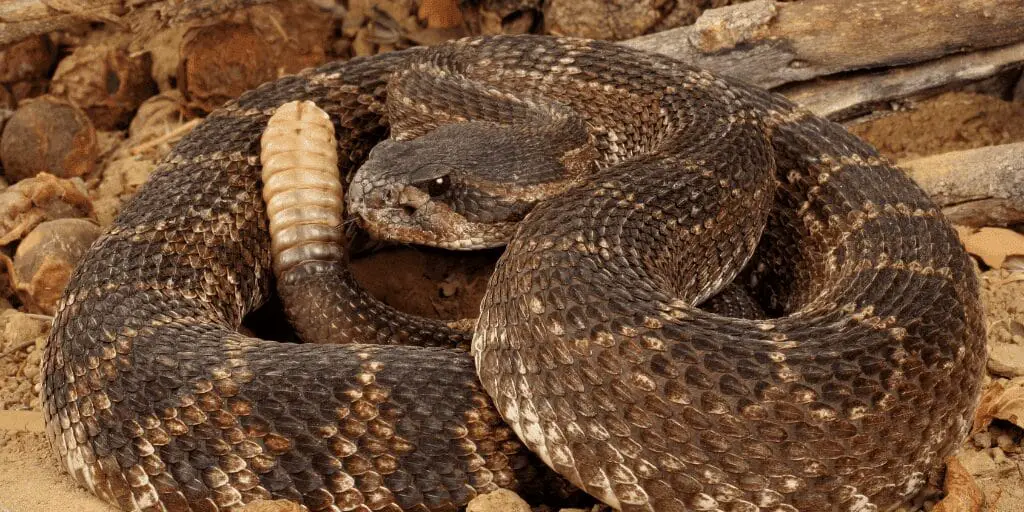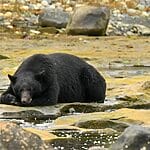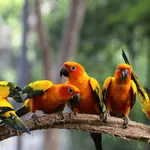Animals in Texas are as diverse as the state’s vast landscapes, ranging from the dense forests of the east to the rugged mountains of the west. This incredible variety of wildlife includes over 600 species of birds, numerous mammals such as white-tailed deer and armadillos, a wide array of reptiles and amphibians, and countless invertebrates.
Some animals are unique to Texas, while others are rare or endangered, requiring conservation efforts to ensure their survival. From the iconic longhorn to the elusive ocelot, the animals of Texas are a testament to the state’s rich natural heritage and ecological importance.
Quick Answer: Texas is home to a diverse array of wildlife, including white-tailed deer, armadillos, bats, mockingbirds, horned lizards, alligators, and over 600 bird species. Conservation efforts protect rare and endangered species.
Key Takeaways:
- Texas supports a wide variety of mammals, birds, reptiles, amphibians, fish, and invertebrates thanks to its diverse landscapes and ecosystems.
- Some animals are found only in Texas, while others are endangered or rare, facing threats like habitat loss, fragmentation, and human impact.
- Texas has several official state animals, is home to some of the largest and smallest animals in North America, and has dangerous wildlife to be aware of, such as venomous snakes and alligators.
Texas Animals List
Texas is home to an incredible diversity of wildlife, thanks to its vast size and varied landscapes. From the dense forests of East Texas to the rugged mountains of the Trans-Pecos region, the state supports a wide range of animals, including mammals, birds, reptiles, amphibians, fish, and invertebrates. This rich tapestry of life makes Texas a fascinating destination for wildlife enthusiasts and nature lovers alike.
Mammals

Texas is home to an impressive array of mammals, ranging from the majestic white-tailed deer to the elusive bobcat. White-tailed deer are the most common large mammal in the state, with a population estimated at over 5 million. These adaptable herbivores can be found in a variety of habitats, from forests to grasslands.
Other notable mammals include coyotes, which are found throughout the state, and black bears, which have made a comeback in recent years after being nearly extirpated in the early 1900s. Mountain lions, also known as cougars or pumas, are the largest wild cats in Texas and are most commonly found in the rugged terrain of the Trans-Pecos region.
Smaller mammals like armadillos and bats also play important roles in Texas ecosystems. Armadillos are known for their unique armor-like shell and are often seen foraging for insects in the evening hours. Texas is also home to several species of bats, including the Mexican free-tailed bat, which forms some of the largest bat colonies in the world.
Birds
Texas is a birdwatcher’s paradise, with over 600 species of birds recorded in the state. The Northern Mockingbird, known for its impressive vocal abilities, is the official state bird of Texas. The Golden-cheeked Warbler, a rare and endangered species, is found only in the Texas Hill Country, where it nests in the dense juniper-oak woodlands.
Migratory birds are a significant part of Texas’s avian diversity. The state’s Gulf Coast and inland wetlands provide critical stopover habitat for millions of birds each year, including the majestic Whooping Crane. These tall, white birds were once on the brink of extinction but have made a remarkable recovery thanks to conservation efforts.
Other notable birds include the Bald Eagle, which can be spotted near lakes and rivers, and the Road Runner, a speedy desert dweller made famous by the cartoon character. The Great-tailed Grackle, a common sight in urban areas, is known for its bold personality and raucous calls.
Reptiles and Amphibians
Texas is a hotspot for reptile and amphibian diversity, with over 200 species found in the state. The Texas Horned Lizard, also known as the “horned toad,” is the official state reptile. These unique lizards are known for their spiky crowns and ability to shoot blood from their eyes as a defense mechanism.
Venomous snakes like the Western Diamondback Rattlesnake are a common sight in Texas, particularly in the drier western regions. Non-venomous species like the Alligator Snapping Turtle, which can weigh up to 200 pounds, are also found in the state’s waterways.
Among the state’s amphibians, the Texas Blind Salamander is a rare and fascinating species. Found only in the underground caves of the Edwards Aquifer, these pale, eyeless salamanders have adapted to life in complete darkness. The Houston Toad, another endangered species, is found in the sandy soils of East Texas and is the subject of ongoing conservation efforts.
Fish

Texas’s diverse aquatic habitats support a wide variety of fish species, from the clear streams of the Hill Country to the brackish waters of the Gulf Coast. The Guadalupe Bass, found only in the streams of the Texas Hill Country, is the official state fish. These feisty fighters are a favorite among anglers and are known for their beautiful coloration and strong fighting ability.
Other notable fish include the Alligator Gar, a prehistoric-looking species that can grow up to 8 feet long, and the Paddlefish, a filter-feeding fish known for its long, paddle-shaped snout. Red Drum, also known as redfish, are a popular game fish found in Texas coastal waters.
Recreational fishing is a significant part of Texas’s outdoor heritage, with millions of anglers taking to the state’s waters each year. Conservation efforts, such as catch-and-release practices and habitat restoration, help ensure that these fish populations remain healthy and sustainable for future generations.
Invertebrates
Texas is home to a fascinating array of invertebrates, from the colorful butterflies that grace the state’s wildflower meadows to the creepy-crawly denizens of the forest floor. The Texas Red-headed Centipede, also known as the Giant Redheaded Centipede, is one of the largest centipedes in North America, reaching lengths of up to 8 inches. These impressive predators are known for their powerful venom and hunting prowess.
The Texas Brown Tarantula is another notable invertebrate, known for its large size and hairy appearance. Despite their intimidating looks, these spiders are generally docile and rarely bite unless provoked. The Texas Coral Snake Mimic Millipede is a unique species that has evolved to resemble the venomous coral snake, though it is harmless to humans.
Invertebrates play essential roles in Texas ecosystems, serving as pollinators, decomposers, and prey for other animals. Butterflies like the Monarch and the Queen are important pollinators, while beetles and termites help break down dead plant material, recycling nutrients back into the soil.
From the iconic Longhorn to the tiny Texas Coral Snake Mimic Millipede, the animals of Texas are a testament to the state’s incredible biodiversity. As we continue to learn more about these fascinating creatures, it is crucial that we also work to protect the habitats they call home, ensuring that future generations can experience the wonder and beauty of Texas wildlife.
Rare, Endangered, and Unique Texas Animals
Texas is home to an incredible variety of wildlife, but some species are more vulnerable than others. Rare, endangered, and unique animals in Texas face a range of threats, from habitat loss to human activities and climate change. In this section, we’ll explore some of these special creatures and the efforts being made to protect them.
Animals Found Only in Texas
Texas is home to several species that are found nowhere else in the world. These endemic animals have evolved to thrive in the unique environments of the Lone Star State. One such species is the Texas Blind Salamander, a fascinating creature that lives in the underground waters of the Edwards Aquifer. This salamander has no eyes and relies on its other senses to navigate its dark, watery world.
Another endemic species is the Texas Kangaroo Rat, a small rodent found only in a few isolated areas of the state. This nocturnal animal is known for its distinctive hopping gait, which resembles that of a kangaroo. The Bandera Volcano Snail is another Texas endemic, found only in a small area near Bandera, Texas. This tiny snail lives in the crevices of limestone cliffs and is highly sensitive to changes in its habitat.
Protecting these unique species is crucial, as they are irreplaceable parts of Texas’ natural heritage. Conservation efforts focus on preserving their habitats and minimizing human impact on their populations.
Endangered Species

Several animals in Texas are listed as endangered, meaning they are at risk of extinction if action is not taken to protect them. One such species is the Ocelot, a small wild cat that once ranged throughout Texas but is now limited to a few small populations in the southern part of the state. Habitat loss and fragmentation have been the main threats to ocelots, as they require dense brush and forest to survive.
Another endangered cat species in Texas is the Jaguarundi, a sleek, small cat that is rarely seen due to its secretive nature. Like the ocelot, the jaguarundi has suffered from habitat loss and is now found only in a few areas of South Texas.
Birds are also among the endangered animals in Texas. The Attwater’s Prairie Chicken, a subspecies of the greater prairie chicken, once numbered in the millions but has declined to a few hundred individuals due to habitat loss and fragmentation. The Golden-cheeked Warbler is another endangered bird, found only in the juniper-oak woodlands of central Texas. This species is threatened by habitat loss and fragmentation, as well as by cowbird parasitism, where cowbirds lay their eggs in warbler nests, causing the warblers to raise the cowbird chicks instead of their own.
Amphibians are also at risk in Texas. The Houston Toad is an endangered species found only in a small area of East Texas. This small toad has suffered from habitat loss and is now limited to a few isolated populations.
Conservation efforts for these endangered species include habitat protection and restoration, captive breeding programs, and public education. By supporting these efforts and making wildlife-friendly choices in our daily lives, we can help ensure a future for these vulnerable animals.
Rare Animals
In addition to endangered species, Texas is home to several rare animals that, while not necessarily at risk of extinction, are seldom seen or have limited distributions within the state. The White-nosed Coati is one such species, found only in a few areas of West Texas. This relative of the raccoon is known for its distinctive white nose and is rarely seen due to its secretive nature.
The Pronghorn Antelope is another rare animal in Texas, found only in the western part of the state. While pronghorns were once widespread across the Great Plains, their populations have declined due to habitat loss and hunting. Today, Texas is home to a small but stable population of these fast-moving animals.
The Black-footed Ferret, once thought to be extinct, has been reintroduced to a few areas of the Texas Panhandle. These small, nocturnal predators rely on prairie dog colonies for food and shelter, and their populations have suffered as prairie dogs have been eradicated as pests.
Finally, the Guadalupe Fur Seal is a rare marine mammal that occasionally visits the Texas coast. These seals were once hunted to near-extinction but are now protected by law. While they are not common in Texas waters, sightings of these unique animals are always exciting.
Protecting rare animals in Texas involves monitoring their populations, studying their habitat needs, and minimizing human impact on their environments. By learning more about these special creatures and supporting conservation efforts, we can help ensure that they remain a part of Texas’ rich natural heritage for generations to come.
Interesting Facts About Texas Wildlife
Texas is home to an incredible array of wildlife, from the iconic longhorn to the tiny Texas blind snake. The state’s diverse landscapes, ranging from the Gulf Coast to the Chihuahuan Desert, support a wide variety of animal species, each with its own unique adaptations and behaviors. In this section, we’ll explore some fascinating facts about Texas wildlife, including the state’s official animals, largest and smallest species, and dangerous creatures.
Official State Animals
Texas has designated several animals as official state symbols, each chosen for its cultural, historical, or ecological significance. The Texas longhorn, for example, was named the official state large mammal in 1995, recognizing its importance in the state’s ranching heritage.
These hardy cattle, known for their impressive horns that can span up to 7 feet from tip to tip, were instrumental in the development of the Texas cattle industry.
Another official state animal is the nine-banded armadillo, which was designated as the state small mammal in 1995. These unique creatures are known for their bony, armored shell and their ability to roll into a tight ball when threatened. Armadillos are common throughout Texas and have even inspired the name of the state’s popular music genre, “Texas country.”
Other official state animals include:
- The Mexican free-tailed bat, state flying mammal
- The northern mockingbird, state bird
- The Texas horned lizard, state reptile
- The Guadalupe bass, state fish
Each of these species has a special place in Texas’ natural and cultural heritage, and their recognition as official state symbols helps to promote awareness and conservation efforts.
Largest and Smallest Animals
Texas is home to some of the largest and smallest animals in North America, showcasing the incredible diversity of the state’s wildlife. The American bison, also known as the buffalo, is the largest land mammal in Texas, with adult bulls weighing up to 2,000 pounds.
While once nearly extinct due to overhunting, conservation efforts have helped to restore bison populations in the state, with several herds now roaming in parks and preserves.
On the other end of the spectrum, the dwarf shrew is the smallest mammal in Texas, weighing less than 2 grams and measuring just 2 inches in length. These tiny insectivores are found in the eastern and central parts of the state, where they play an important role in controlling insect populations.
In the bird world, the whooping crane is the tallest bird in Texas, standing up to 5 feet tall with a wingspan of over 7 feet. These endangered cranes winter along the Texas Gulf Coast, where they feed on blue crabs and other aquatic animals. The calliope hummingbird, on the other hand, is the smallest bird in the state, measuring just 3 inches in length and weighing less than a penny.
Among reptiles, the American alligator is the largest species found in Texas, with males reaching lengths of over 14 feet. These powerful predators are found in the wetlands and rivers of East Texas, where they play a key role in maintaining ecosystem balance.
The Texas blind snake, in contrast, is the smallest snake in the state, measuring just 4-7 inches in length. These harmless, subterranean snakes are rarely seen due to their secretive nature and small size.
Dangerous Texas Animals

While Texas is home to many beautiful and fascinating animals, it’s also important to be aware of the state’s dangerous wildlife. Venomous snakes, such as the western diamondback rattlesnake, copperhead, and coral snake, are found throughout the state and can pose a serious risk to humans and pets.
It’s important to learn how to identify these snakes and to take precautions when hiking or working outdoors, such as wearing sturdy boots and being alert to your surroundings.
Alligators and crocodiles are another potential danger in Texas, particularly in the southeastern part of the state. These large, aquatic reptiles can be aggressive when threatened and have been known to attack humans and pets. It’s important to keep a safe distance from these animals and to avoid swimming or wading in areas where they are known to occur.
Large predators, such as mountain lions and bobcats, are also found in Texas, although attacks on humans are rare. These elusive cats are more likely to prey on livestock or pets, but it’s still important to be cautious when hiking or camping in their habitat.
Several invertebrates in Texas can also pose a threat to humans, including venomous spiders, scorpions, fire ants, and killer bees. While most encounters with these creatures are harmless, it’s important to be aware of their potential dangers and to seek medical attention if you experience an allergic reaction or severe symptoms following a sting or bite.
By understanding the potential risks posed by Texas’ dangerous animals and taking appropriate precautions, we can safely appreciate and coexist with these fascinating creatures in their natural habitats.
Frequently Asked Questions
What is the most iconic animal in Texas?
The Texas Longhorn is often considered the most iconic animal in Texas, thanks to its significant role in the state’s ranching history and its distinctive appearance with wide, sweeping horns.
Are there any endangered species unique to Texas?
Yes, several endangered species are found only in Texas, such as the Houston Toad, the Attwater’s Prairie Chicken, and the Texas Blind Salamander.
What is the largest predator in Texas?
The mountain lion, also known as the cougar or puma, is the largest predator in Texas, with males weighing up to 150 pounds.
Are there any venomous animals in Texas?
Yes, Texas is home to several venomous animals, including the western diamondback rattlesnake, the coral snake, and the black widow spider.
What are some of the best places to view wildlife in Texas?
Some of the best places to view wildlife in Texas include Big Bend National Park, Padre Island National Seashore, Aransas National Wildlife Refuge, and Caddo Lake State Park.
- Wild Animals in Costa Rica: A Biodiverse Paradise - 2024-05-16
- Animals That Live in the Rainforest: A Diverse Wonder - 2024-05-15
- Animals in the Safari: A Captivating African Adventure - 2024-05-15








